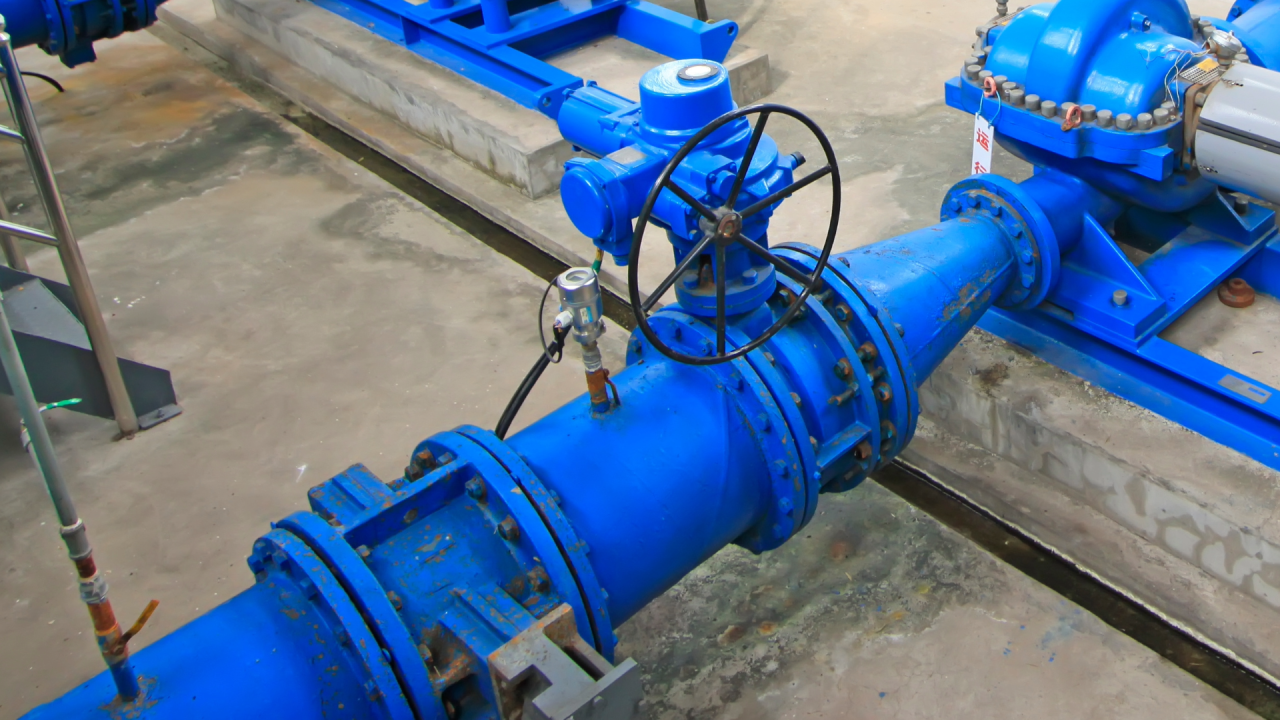

In the world of facility management, where uptime, safety, and cost-efficiency are paramount, asset management is the backbone of operational success. From oil pipeline operations and lighting to security infrastructure and cleaning equipment, every asset plays a role in delivering a safe, comfortable, and productive environment.
Asset management is the strategic approach to tracking, maintaining, and optimizing physical assets throughout their lifecycle. For facility managers, this means having full visibility into what assets exist, where they are located, how they’re performing, and when they need attention.
Unexpected equipment failures can halt operations and frustrate occupants. Asset management enables proactive maintenance, reducing the risk of breakdowns and ensuring continuity.
With accurate data on asset condition and performance, facility managers can forecast maintenance costs, plan replacements, and avoid surprise expenses. This leads to smarter budgeting and better ROI.

Regulatory compliance—whether related to fire safety, air quality, or energy efficiency—depends on well-maintained assets. Asset management helps ensure inspections are passed and liabilities are minimized.
Tracking energy usage and equipment efficiency helps identify opportunities to reduce waste and improve sustainability. Asset management aligns facilities with ESG (Environmental, Social, Governance) initiatives.
With centralized data, facility managers can make informed decisions about upgrades, vendor contracts, and space utilization. It transforms facilities from cost centers into strategic assets.
Imagine an operations manager overseeing a large area of pipeline stations. Without asset management, pump units might be serviced reactively, leading to costly emergency repairs. With a digital asset management system, the manager receives alerts for preventive maintenance, tracks critical pump data, and plans replacements years in advance—saving time, money, and stress.
Asset management isn’t just about keeping things running—it’s about running things smarter. For facility managers, it’s the key to unlocking efficiency, safety, and long-term value.
Signup for to receive updates, product updates and more!